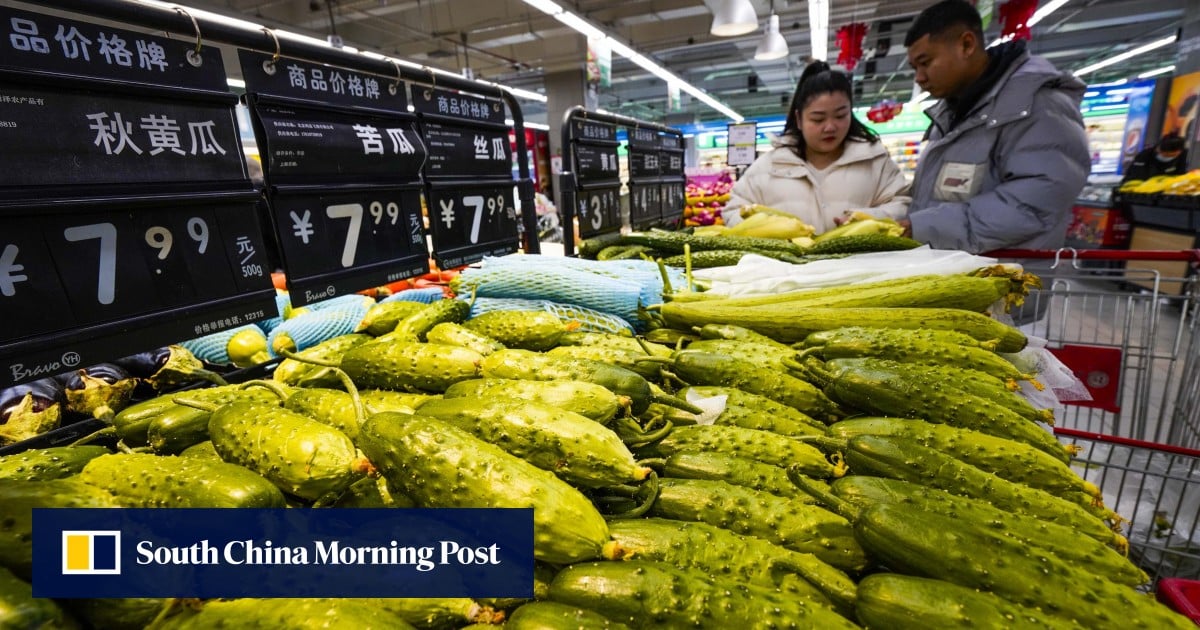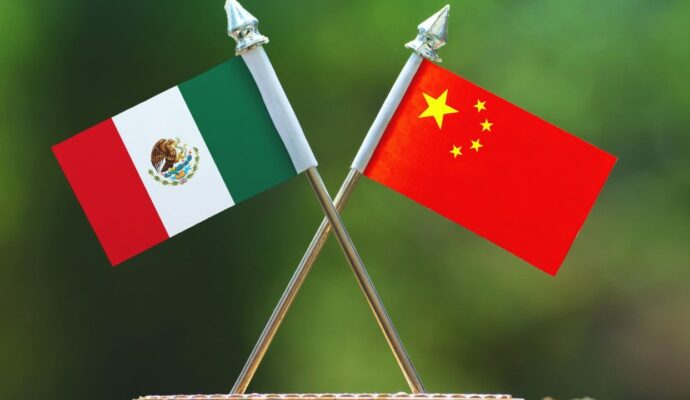
Beijing’s policymakers have perceived inflation as a constant threat, regularly setting a goal of capping annual consumer price growth at 3 per cent over the past decade.
But economists have argued that the mindset has to change as deflation would create more danger for the Chinese economy, especially at the time when confidence is already low and demand has remained weak.
“[Policymakers should realise] deflation will inflict damage as well,” Wang Tao, chief China economist at UBS, told a forum in Shanghai on Monday. “China should pay more attention to deflation.”
The Swiss bank has forecast that China’s CPI would rise by 0.8 per cent in 2024.
Beijing is expected to release its inflation and gross domestic product targets, as well as its budget deficit ratio and local bond quota, in the premier’s work report at the National People’s Congress in early March.
China’s negative wage growth in the final quarter of 2023 is a sign that deflationary pressures may become entrenched
Alicia Garcia-Herrero, chief economist for Asia-Pacific at Natixis, said China has shown a similarly large differential between producer and consumer prices like seen in Japan decades ago, and warned that deflation could move into wages and household sectors.
“Japan’s deflation was not just about overcapacity. If there’s no productivity, wages need to come down because there’s no reason to pay workers more if productivity is down,” she said.
“China’s negative wage growth in the final quarter of 2023 is a sign that deflationary pressures may become entrenched.”
Economist calls for China to stimulate activity with controlled inflation rate
Economist calls for China to stimulate activity with controlled inflation rate
China has suffered three periods of consumer price declines in the past 25 years, two of which coincided with financial crises.
The 22-month fall starting from early 1998 was largely a result of Beijing’s monetary tightening to rein in bad loans, coupled with shrinking external demand following the Asian financial crisis.
The deflation threat returned in 2009, when the global financial crisis hit Chinese exporters.
In 2002, the year after China’s accession to the World Trade Organization, there was a brief deflationary period, when the influx of foreign firms improved productivity and reduced costs.
To address the latest concerns, Beijing has unveiled a series of measures since last summer to support the economy.
But the recovery has not yet solidified as China’s property market is still in distress, its private sector is weak, pressures of job creation remain elevated and price indices are stubbornly low.
The government’s efforts to address low inflation and the sluggish economy have, in turn, fuelled market expectations of further policy easing.
Stronger fiscal spending and monetary loosening is widely seen as a way to boost domestic demand when export prospects face uncertainties, while tackling overcapacity would also alleviate pressure on price levels.
This implies more policy rate and reserve requirement ratio cuts to come in the months ahead
Larry Hu, chief China economist at Macquarie, said monetary policy could turn more accommodative in the future.
“[The acknowledgement by the central economic work conference] implies more policy rate and reserve requirement ratio cuts to come in the months ahead,” he said.
More to follow …


